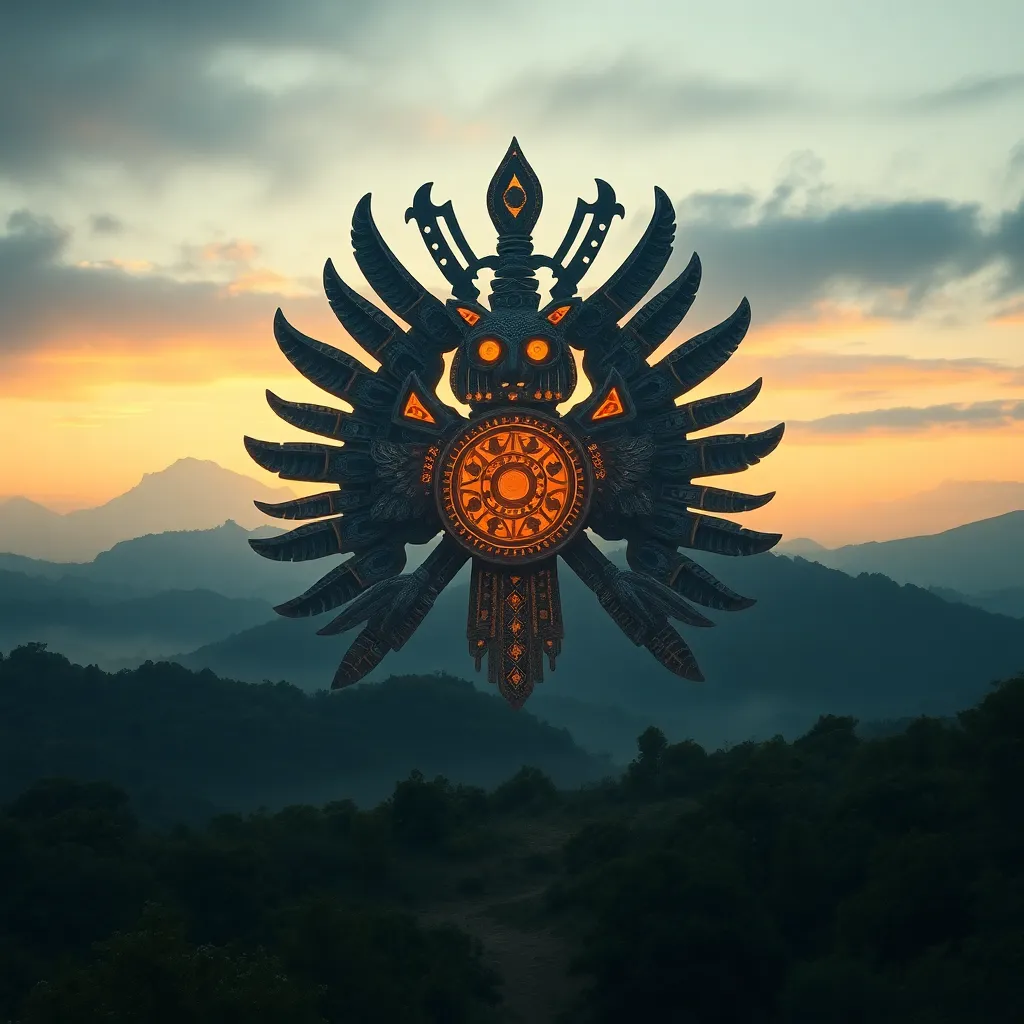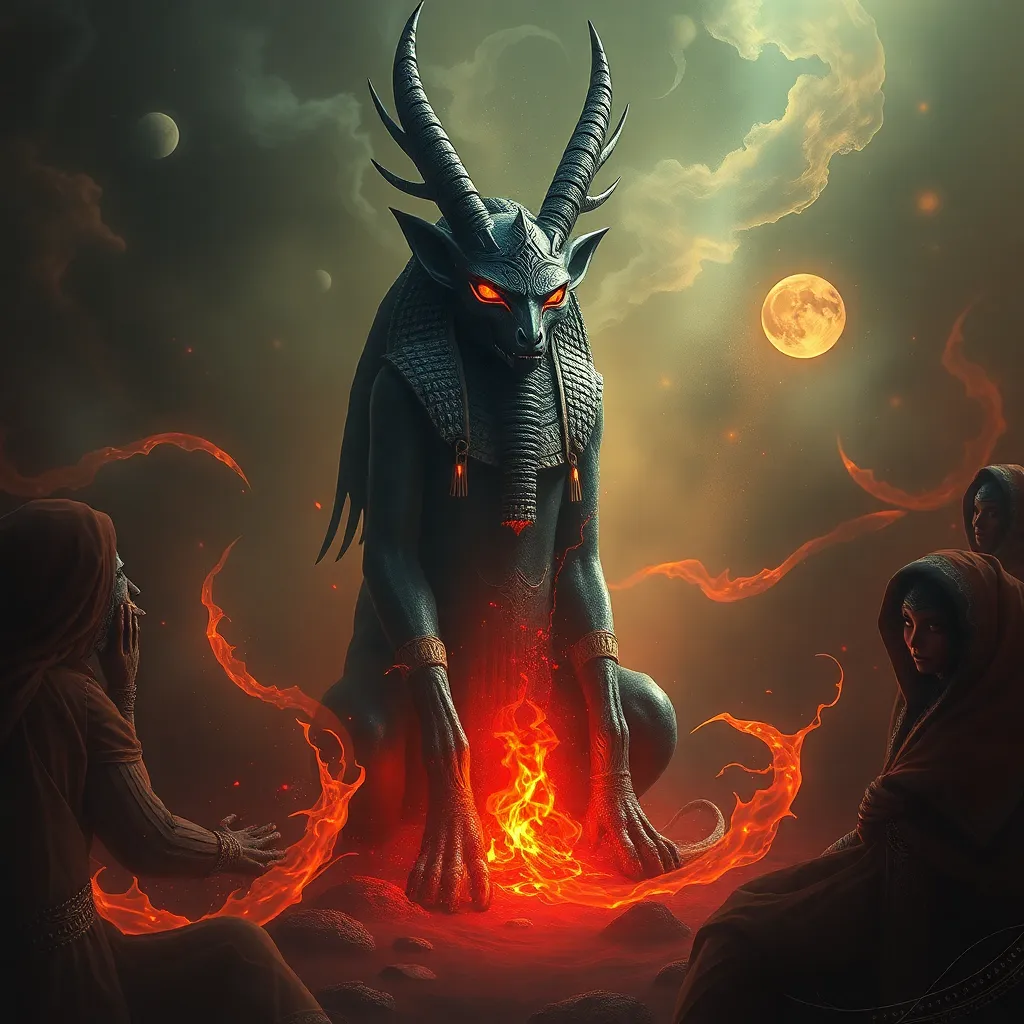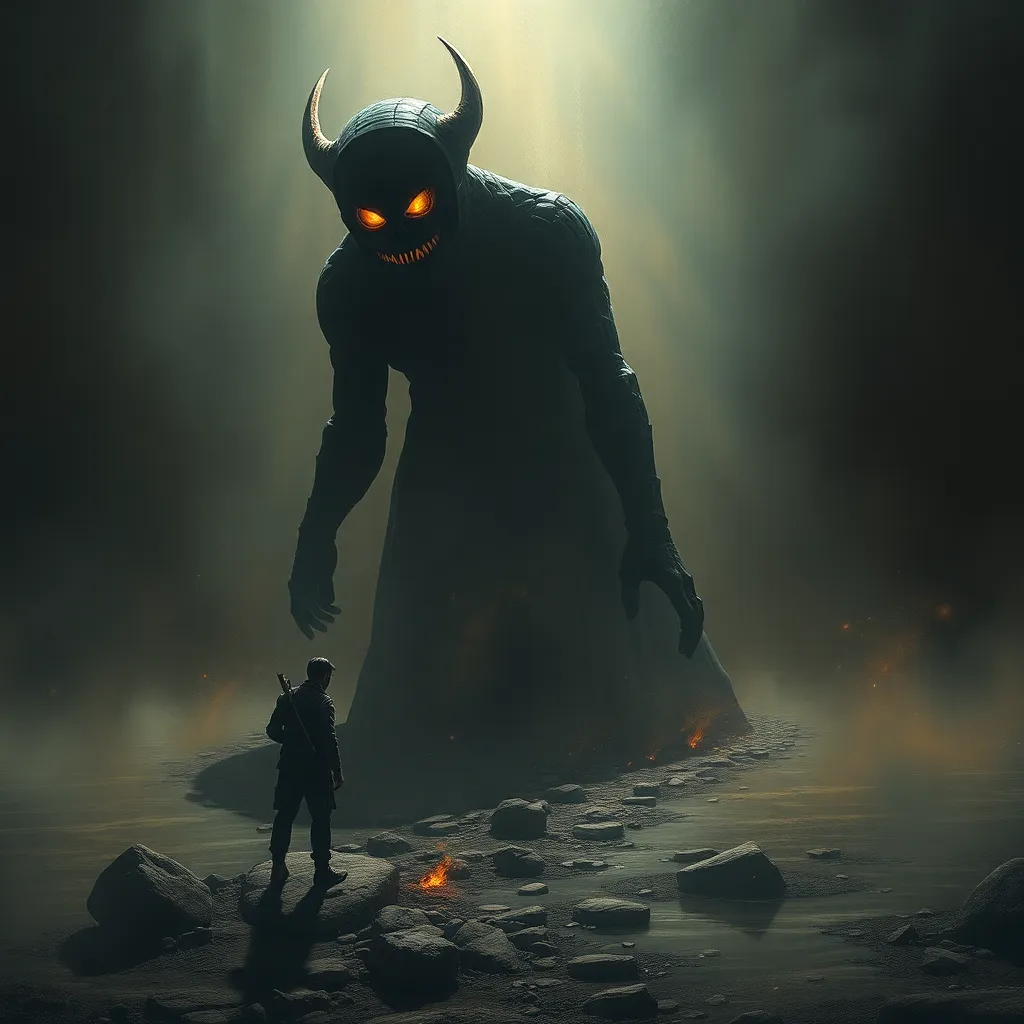The Ahuizotl: A Symbol of the Power and Mystery of the Natural World
I. Introduction
The Ahuizotl is a fascinating creature from Mesoamerican mythology, particularly within Aztec and Nahua cultures. Often depicted as a water-dwelling creature with a dog-like face and a long, flexible body, it is said to have a hand at the end of its tail, which it uses to lure victims to their watery graves. The Ahuizotl serves as a powerful symbol of the natural world’s mystery and dangers, embodying both the beauty and the peril of aquatic environments.
This article aims to delve into the historical context, physical characteristics, folklore, ecological significance, and cultural impact of the Ahuizotl, shedding light on its enduring legacy in contemporary society.
II. Historical Context
A. Origins of the Ahuizotl in Mesoamerican culture
The Ahuizotl is believed to have originated in the rich tapestry of Mesoamerican mythology, where it was often associated with water and the natural world. Its name derives from the Nahuatl language, where “ahuizotl” roughly translates to “water dog.” This creature was considered a guardian of lakes and rivers, reflecting the importance of water in Aztec civilization.
B. Historical accounts and early descriptions
Early Spanish explorers and chroniclers provided some of the first written accounts of the Ahuizotl. Notably, the accounts of Bernal Díaz del Castillo in the 16th century describe encounters with strange creatures in the lakes of Mexico, providing a glimpse into how the Ahuizotl was perceived by both indigenous peoples and European settlers.
C. The role of the Ahuizotl in Aztec society
In Aztec society, the Ahuizotl was not merely a mythical creature; it was a vital part of their worldview, representing the awe-inspiring and often frightening aspects of nature. The Aztecs integrated stories of the Ahuizotl into their rituals and beliefs, often invoking it in prayers for safe travel over water and protection from its potentially deadly grasp.
III. Physical Description and Characteristics
A. Detailed physical traits of the Ahuizotl
The Ahuizotl is typically described as resembling a large dog or otter, with a sleek body, elongated snout, and sharp teeth. Its most distinctive feature is its long tail, which ends in a hand-like appendage that is said to be capable of grasping objects and dragging unsuspecting victims into the water.
B. Comparison with other mythical creatures
The Ahuizotl can be compared to other mythical water creatures from different cultures, such as:
- The Nuckelavee from Scottish folklore, a horse-like demon associated with the sea.
- The Kraken from Scandinavian folklore, a giant sea monster that terrorizes sailors.
- The Selkie from Irish and Scottish mythology, a creature that can transform from seal to human.
Like these creatures, the Ahuizotl embodies the dual nature of water: it can be both nurturing and destructive.
C. Symbolic meanings behind its features
The physical characteristics of the Ahuizotl carry deep symbolic meanings. For instance, its aquatic habitat signifies the unknown depths of nature, while the hand on its tail represents deception and danger lurking beneath the surface, reminding us of the hidden threats in our environment.
IV. The Ahuizotl in Folklore and Legends
A. Popular stories and myths involving the Ahuizotl
Numerous legends feature the Ahuizotl, often portraying it as a cunning predator that lures people to their doom. One popular story tells of a fisherman who was drawn by the creature’s cries, only to be dragged into the depths when he attempted to rescue it.
B. Variations in tales across different regions
As the Ahuizotl myth spread across different regions, variations emerged. In some versions, it is depicted as a trickster that helps humans, while in others, it is solely a malevolent force. These variations highlight the adaptability of folklore and the ways in which cultural contexts shape narratives.
C. The Ahuizotl as a cautionary figure
In many tales, the Ahuizotl serves as a cautionary figure, warning individuals about the dangers of neglecting the power of nature. The stories often emphasize the importance of respecting water bodies and the unseen forces that govern them.
V. The Ahuizotl and Its Natural Environment
A. Habitat and ecological significance
The Ahuizotl is closely tied to bodies of water such as lakes and rivers, which serve as its primary habitat. Its presence in folklore underscores the vital role that these ecosystems play in supporting biodiversity and human life.
B. The relationship between the Ahuizotl and local wildlife
The Ahuizotl is often depicted as a predator within its ecosystem, influencing the behavior of other animals and humans alike. Its predatory nature highlights the interconnectedness of species and the delicate balance that exists within aquatic environments.
C. Interpretation of the Ahuizotl as a representation of natural forces
As a creature of water, the Ahuizotl symbolizes the powerful forces of nature. It represents the unpredictability of water, reflecting how it can nourish life while also posing significant risks. This duality serves as a reminder of the need for harmony with the natural world.
VI. Cultural Impact and Legacy
A. The Ahuizotl in contemporary art and literature
In modern times, the Ahuizotl has been reimagined in various forms of art and literature. Artists and writers draw inspiration from its mythical attributes, using it as a metaphor for environmental issues and the relationship between humanity and nature.
B. Influence on modern interpretations of mythology
Today, the Ahuizotl contributes to a broader understanding of mythology, showcasing how ancient stories can resonate with contemporary themes such as environmentalism and conservation. Its role in narratives encourages a reevaluation of how we perceive and interact with the natural world.
C. The Ahuizotl as a symbol of environmental awareness
As climate change and ecological degradation become pressing global issues, the Ahuizotl emerges as a symbol of the need for environmental awareness. By reminding us of the dangers that lurk beneath the surface of our ecosystems, it calls for a greater respect for nature and a commitment to its preservation.
VII. The Ahuizotl in Modern Context
A. Relevance to current ecological issues
The Ahuizotl’s story is particularly relevant in the context of current ecological crises. As habitats are threatened and species face extinction, the myth of the Ahuizotl serves as a poignant reminder of what is at stake and the importance of safeguarding our natural resources.
B. The creature’s role in popular culture and media
In popular culture, the Ahuizotl has appeared in various forms, from literature to film and video games. These representations often recontextualize the creature, exploring themes of nature’s power, human vulnerability, and the mystical elements of the natural world.
C. Lessons learned from the Ahuizotl myth in today’s world
The Ahuizotl myth teaches valuable lessons about the need for caution and respect towards nature. It encourages us to be mindful of our impact on the environment and to recognize the interconnectedness of all living beings.
VIII. Conclusion
In summary, the Ahuizotl stands as a significant figure in Mesoamerican mythology, representing the complex relationship between humanity and the natural world. Its story reflects the awe, fear, and respect that water and nature command in our lives.
As we reflect on the interplay between mythology and the environment, it becomes clear that preserving the mysteries of the natural world is crucial. The Ahuizotl serves as a reminder that while nature can be beautiful and nourishing, it also holds the potential for danger, urging us to approach it with reverence and understanding.



